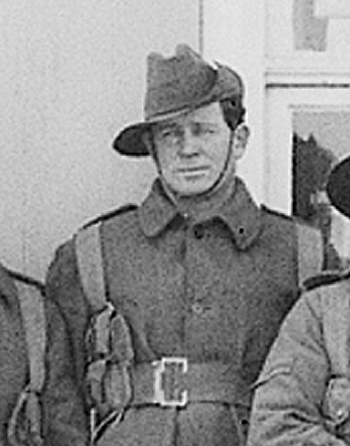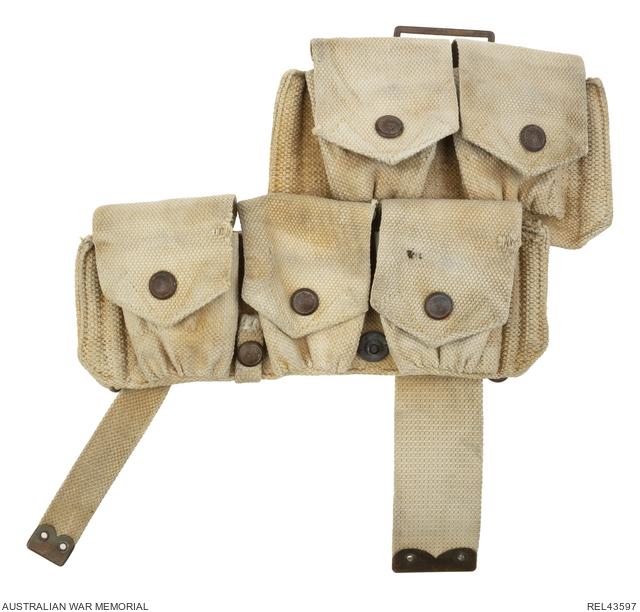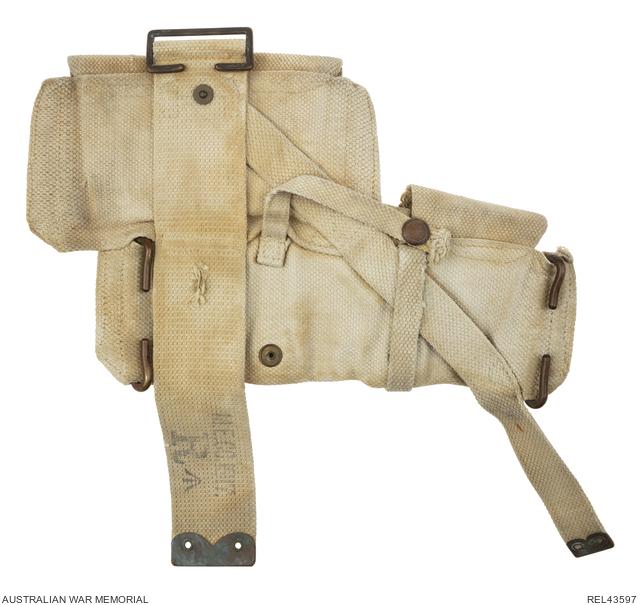Frank McCristal’s Lucky Escape
On 27 August 1918, Sergeant Frank McCristal was a very lucky man. That day his unit, C Company, 30th Battalion, as part of a larger attack, was ordered to straighten the Australian front line near the French village of Foucaucourt.

Sergeant Frank McCristal in December 1917. Detail from E01621
The allied attack began at 2 pm in broad daylight, half an hour after the barrage on the German positions at Foucaucourt ended. The German machine-guns were very active in the area and opened up whenever any movement was seen. The Australians were meant to attack immediately after the barrage ended, but unfortunately they could not be informed in time. That delay allowed the surviving Germans to open and maintain machine-gun fire on the advancing Australians.
At nearly 6 feet tall (182 cm), McCristal made an ample target, and only 18 metres out from the Australian trenches he was struck by a bullet. The impact knocked him to the ground, but as he lay there he realised the bullet had not killed him – it had not even wounded him!

Frank McCristal’s Pattern 08 right ammunition pouches.
The bullet had skimmed the side of one of his right lower webbing pockets, filled with ammunition, and lodged in the vertical strap behind. The Germans were firing from higher positions and Frank may have been leaning forward as he ran, as the trajectory of the bullet was downward from left to right.

Back of McCristal’s right ammunition pouch webbing showing where the bullet lodged in the vertical strap.
McCristal continued fighting with his battalion, who captured Foucaucourt that day. He fought the next day as the battalion captured the destroyed village of Estrées. He remained with his battalion for several weeks until he had leave in England. In late October he rejoined the battalion in France, and two weeks later the war ended.
Frank McCristal survived the war and returned home in May 1919.
Sources:
Donor file
Service record - https://recordsearch.naa.gov.au/SearchNRetrieve/Interface/ViewImage.aspx?B=1941520
Unit war diary - https://www.awm.gov.au/collection/C1344020